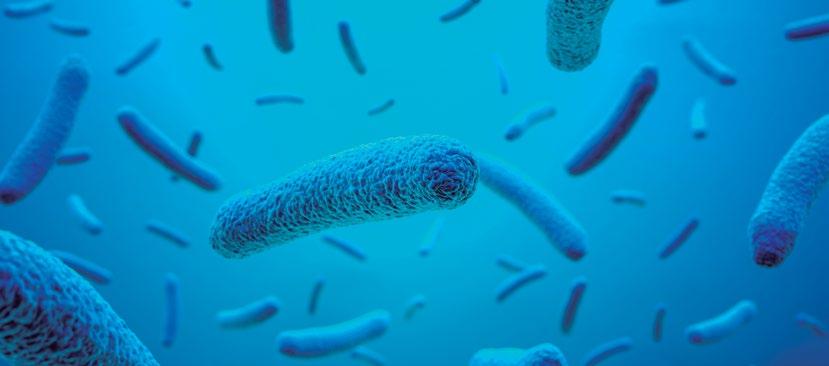6
ANTIBIOTICS AND EDUCATION Miriam Herrera Domínguez holds an undergraduate degree in chemistry from the Universidad Simón Bolívar (Venezuela) and a specialization in environmental sciences from the University of Ann Arbor in Michigan. She is currently technical director at Síoltalife Business Development and a business developer at Corporación Científica Venezolana, C.A. in the areas of microbiology and laboratory filtration for the pharmaceutical and biotechnology sectors in Venezuela, as well as collaborating with the Parenteral Drugs Association (PDA). With extensive experience in instrumental analysis and gas chromatography, she has been served on committees for the evaluation of industrial standards (COVENIN) in Venezuela and for ASTM International (formerly the American Society for Testing and Materials). For more than ten years she worked as regional manager (Venezuela-Ecuador-Colombia) and consultant in the areas of microbiology, biotechnology and filtration in the pharmaceutical, biotechnology and food & beverage sectors for Sartorius de México, S.A. de C.V.
Let us begin with a rather curious question: “Why should a child or adolescent need to know about antimicrobial resistance?” In response, we can quote the words of Stella Kyriakides, the European Commissioner for Health, at the launch of the 2020 campaign organized by the European Centre for Disease Prevention and Control (ECDC) to combat antimicrobial resistance and to preserve the effectiveness of antimicrobials. Antimicrobial resistance is a global challenge and a top priority for the European Union. As the world continues to fight COVID-19, it is essential that we remain vigilant and committed
in this fight. Antibiotics must be used prudently, with strict prevention and control measures. Both COVID-19 and antimicrobial resistance call for a united policy approach across policies, countries and all levels of society. We must take steps to prevent the spread of resistance worldwide and to support the right environment to develop new antimicrobials. We must all work together to ensure that microbial resistance does not become the next global health catastrophe.1 It is interesting to reflect on these words, especially as we see that, owing to the impact of the COVID-19 pandemic, governments have
1. Antimicrobial resistance and consumption remains high in the EU/EEA and the UK, according to the ECDC data. Press release European Center for Desease Prevention and Control, November 18, 2020

















